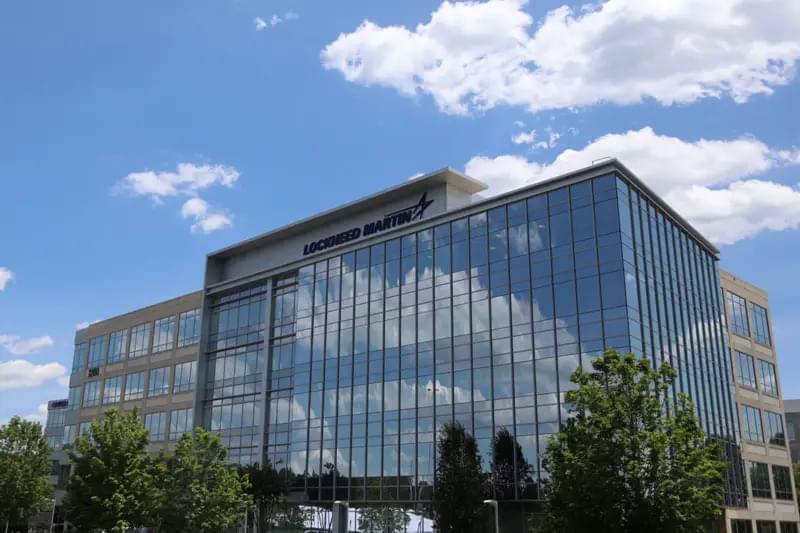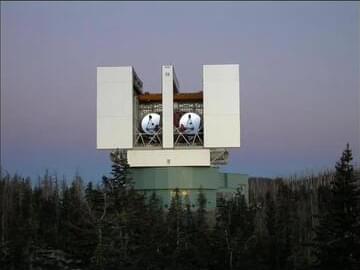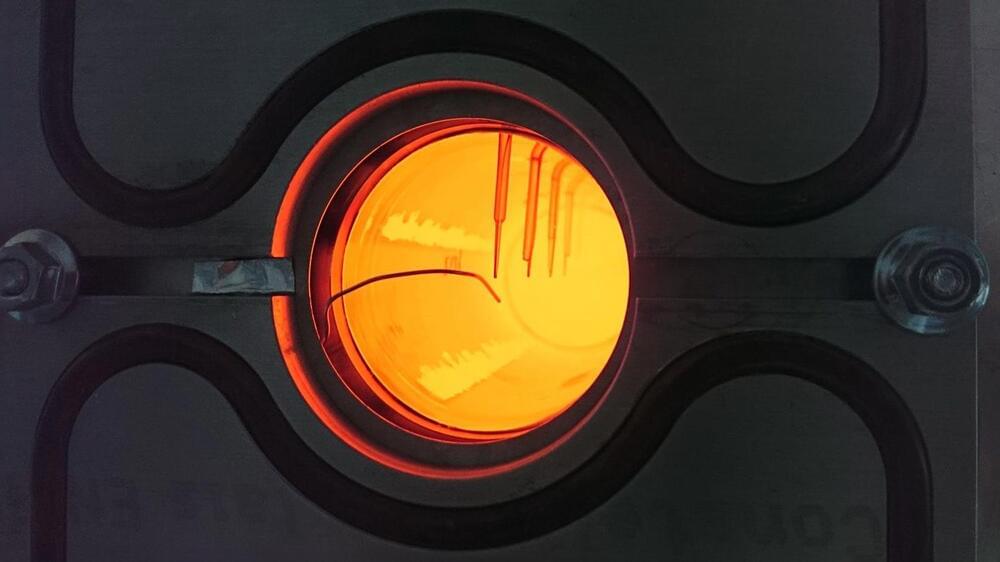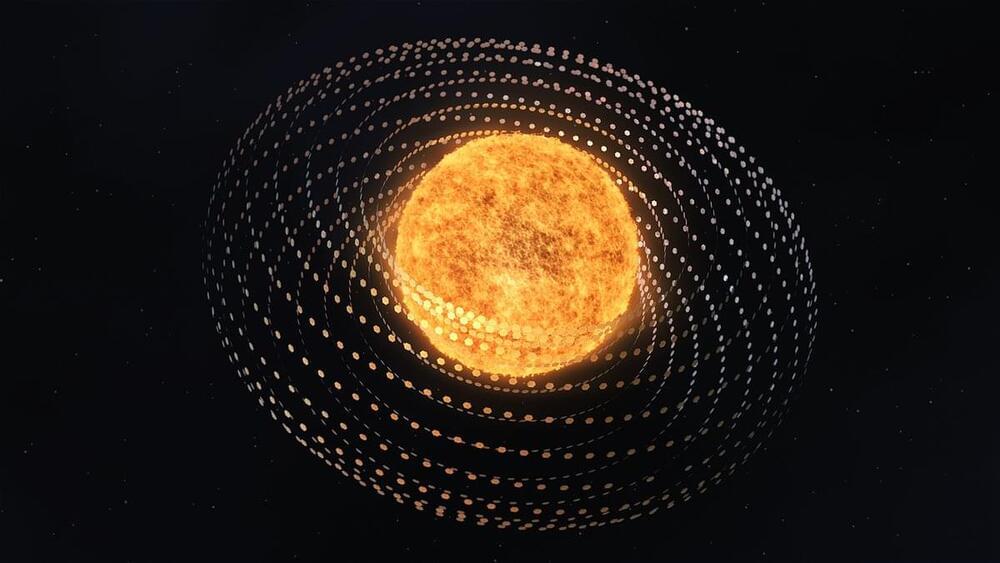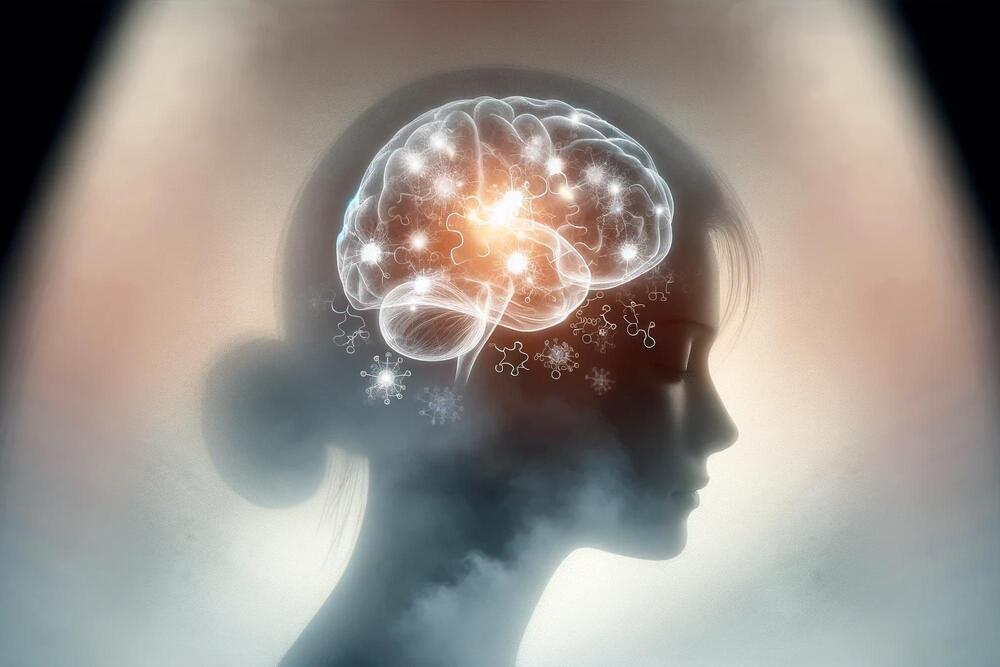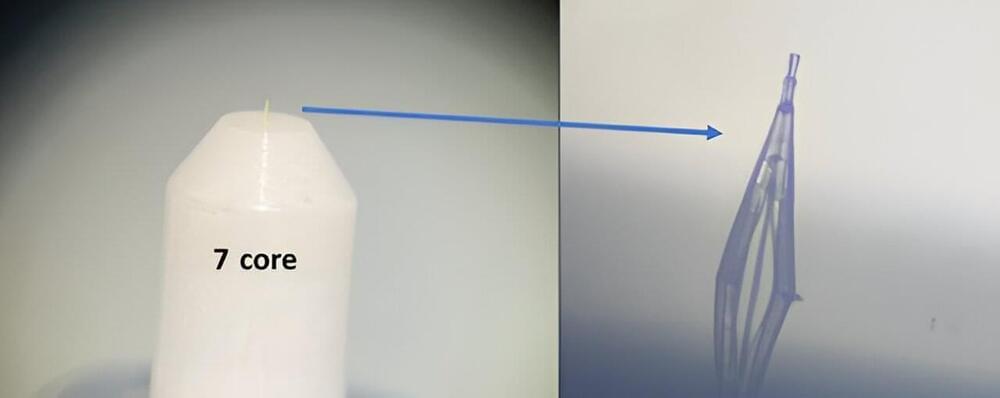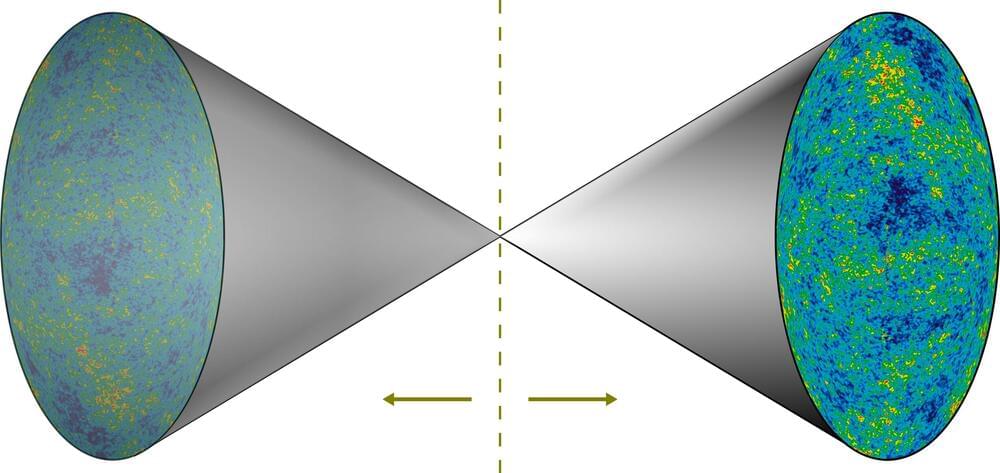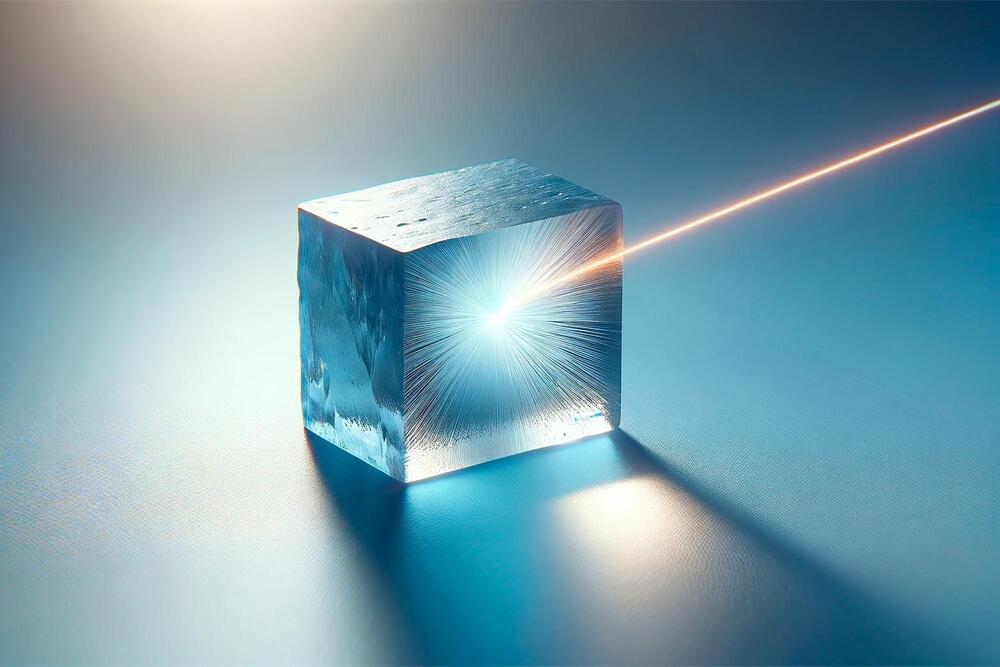Lockheed Martin has opened a new engineering facility, laboratory, and demonstration center in Huntsville, Alabama, to advance US security capabilities.
The $18-million, 122,000-square-foot (11,334 square meters) site will house 500 employees who will take on upgrade, readiness, and sustainment works for the US Army’s Black Hawk helicopters, as well as the Missile Defense Agency’s Command and Control, Battle Management and Communications (C2BMC) system.
It will also be responsible for the modeling and simulation framework for the Ballistic Missile Defense System.
